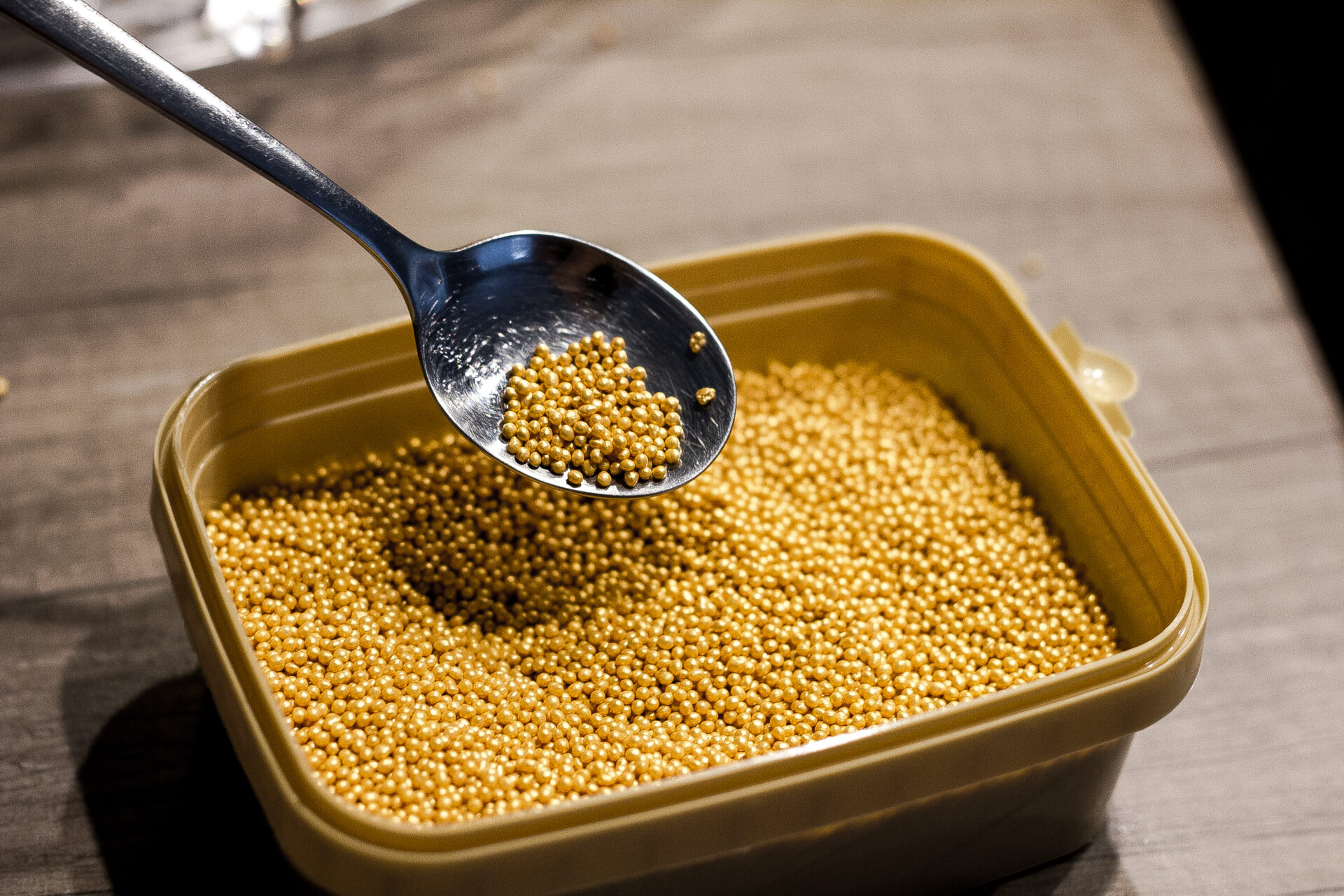Air resistance is a force that affects the motion of objects in the atmosphere. Also known as drag, air resistance can have a significant impact on the behavior of various objects, including balls. When a ball is thrown or launched through the air, it encounters resistance from the surrounding air molecules. This air resistance can influence the ball’s trajectory, speed, and overall performance.
One of the key impacts of air resistance on balls is the reduction in speed. As a ball moves through the air, it collides with air molecules, creating a drag force that acts opposite to its direction of motion. This resistance slows down the ball’s speed, making it travel at a slower rate than anticipated. Additionally, air resistance affects the trajectory of the ball. For example, a spherical ball with a smooth surface experiences less air resistance compared to a ball with a rough surface. The rough surface creates more turbulence, leading to a greater drag force and deviating the ball from its intended path.
In the next section, we will delve into the specific impacts of air resistance on different types of balls, such as soccer balls, baseballs, and tennis balls. Understanding how air resistance influences the performance of these balls is crucial for athletes, coaches, and sports enthusiasts alike. By gaining insights into the key takeaways on the relationship between air resistance and balls, individuals can make informed decisions to enhance their game strategies and improve overall performance.
Key Takeaways
1. Air resistance affects the trajectory and speed of a ball in flight, causing it to deviate from its intended path and slow down.
2. The size, shape, and texture of the ball greatly influence the magnitude of the air resistance it experiences.
3. The force of air resistance depends on the velocity of the ball; as the ball accelerates, the force of air resistance increases, resulting in more deviation from the target.
4. Understanding and accounting for air resistance is essential in sports such as baseball, golf, and tennis, where players rely on accurately predicting the ball’s path and distance.
5. By manipulating the design of balls to minimize air resistance, scientists and engineers can enhance the performance of sports equipment, ultimately benefiting athletes.
How does air resistance impact the trajectory of balls? An in-depth analysis
Introduction
Here, we will explore the influence of air resistance on the behavior and movement of balls. By examining the principles behind air resistance, we can gain insight into how it affects the trajectory, speed, and overall performance of different types of balls.
The Basics of Air Resistance
To understand the influence of air resistance on balls, it is essential to grasp the fundamental concept of this force. Air resistance, also known as drag, is a type of frictional resistance experienced by objects moving through the air.
Air resistance occurs due to the collision of air molecules with the surface of the ball, impeding its forward motion. The magnitude of this force depends on various factors, such as the shape, size, speed, and surface texture of the ball. Consequently, different balls experience varying levels of air resistance.
The Impact on Trajectory
Air resistance significantly affects the trajectory of balls. As a ball moves through the air, the force of air resistance acts opposite to its motion. This opposing force causes a deviation from the ideal trajectory, altering the path and distance traveled by the ball.
For instance, in sports like golf or baseball, a ball hit with a spin experiences a change in its trajectory due to air resistance. The Magnus effect, which is the interaction between the rotation and air resistance, can cause the ball to curve in flight. Understanding the influence of air resistance on trajectory is crucial for athletes aiming for accurate and predictable ball movement.
Speed and Velocity
When it comes to the speed of balls, air resistance plays a vital role. As an object accelerates, the force of air resistance increases, eventually reaching a point where it balances the force propelling the ball forward.
In practical terms, this means that as a ball gains speed, the impact of air resistance becomes more significant. Consequently, the ball reaches a terminal velocity where the opposing forces of air resistance and gravity are balanced, causing the ball to maintain a consistent speed.
The Effect on Sports Performance
The influence of air resistance on balls has a direct impact on sports performance. Athletes must account for air resistance to accurately judge distances, anticipate ball movement, and optimize their techniques accordingly.
For example, in sports such as tennis or soccer, the players need to generate enough force to overcome air resistance and achieve desired ball trajectories. Understanding the interaction between air resistance and ball behavior enables athletes to make strategic adjustments to their game, ultimately improving their performance on the field.
Conclusion
In conclusion, air resistance significantly affects the behavior and movement of balls across various sports. By considering this influential force, athletes can better understand the trajectory, speed, and performance of their chosen balls. Recognizing the role of air resistance allows for more effective strategies and techniques, ultimately enhancing the overall sporting experience.
Top Tips for Minimizing Air Resistance:
- Opt for streamlined ball designs to minimize surface area exposed to the air.
- Choose balls with smooth surfaces to reduce turbulence caused by surface roughness.
- Ensure proper inflation of balls, avoiding overinflation that may increase air resistance.
- Consider using aerodynamically optimized balls specifically designed to minimize air resistance.
- Enhance technique and form to generate more efficient ball movement, reducing the impact of air resistance.
Frequently Asked Questions
How does air resistance affect the trajectory of a ball?
Air resistance opposes the motion of a ball, causing it to slow down and deviate from its original path. This effect is more significant for lightweight and larger balls.
Does the shape of the ball influence its air resistance?
Yes, the shape of the ball plays a crucial role in determining its air resistance. Smooth and streamlined shapes experience less air resistance compared to irregular or non-streamlined shapes.
Can air resistance make a ball change direction in mid-flight?
Air resistance alone cannot change the direction of a ball in mid-flight. However, it can cause the ball to deviate slightly from its intended path due to the asymmetrical forces acting on it.
How does air resistance affect the speed of a ball?
Air resistance acts as a resistive force that opposes the motion of a ball, causing it to slow down. The greater the air resistance, the more pronounced the reduction in speed.
Do different materials of balls experience the same air resistance?
No, different materials have varying degrees of air resistance. Balls made of lighter materials like feathers will experience more air resistance compared to denser materials like steel.
Does air density affect air resistance on balls?
Yes, air density plays a role in determining the amount of air resistance experienced by a ball. In denser air, balls experience more resistance, resulting in slower speeds.
What factors can minimize the effect of air resistance on a ball?
Streamlined shapes, higher initial velocities, and denser materials can help minimize the effect of air resistance on a ball’s trajectory. Additionally, reducing the surface area exposed to the air can also decrease the resistance.
How does air resistance affect the distance a ball can travel?
Air resistance has a significant impact on the distance a ball can travel. It causes the ball to lose kinetic energy, resulting in shorter overall distances compared to if no air resistance was present.
Can air resistance be completely eliminated?
No, air resistance cannot be completely eliminated. However, its effect can be minimized by using techniques such as streamlining and increasing velocity.
What are the practical applications of understanding air resistance on balls?
Understanding air resistance on balls is crucial in various sports and engineering fields. It helps in designing aerodynamic balls, predicting trajectories in sports like golf and baseball, and optimizing the performance of vehicles and projectiles.
Final Thoughts
The Influence of Air Resistance on Balls
Considering the impact of air resistance on the behavior and performance of balls is essential in various applications. This understanding allows for improved design, accuracy, and performance across sports, engineering, and other fields. By minimizing the effects of air resistance through strategic design choices and optimizing initial conditions, we can enhance the overall efficiency and effectiveness of ball-related activities.




